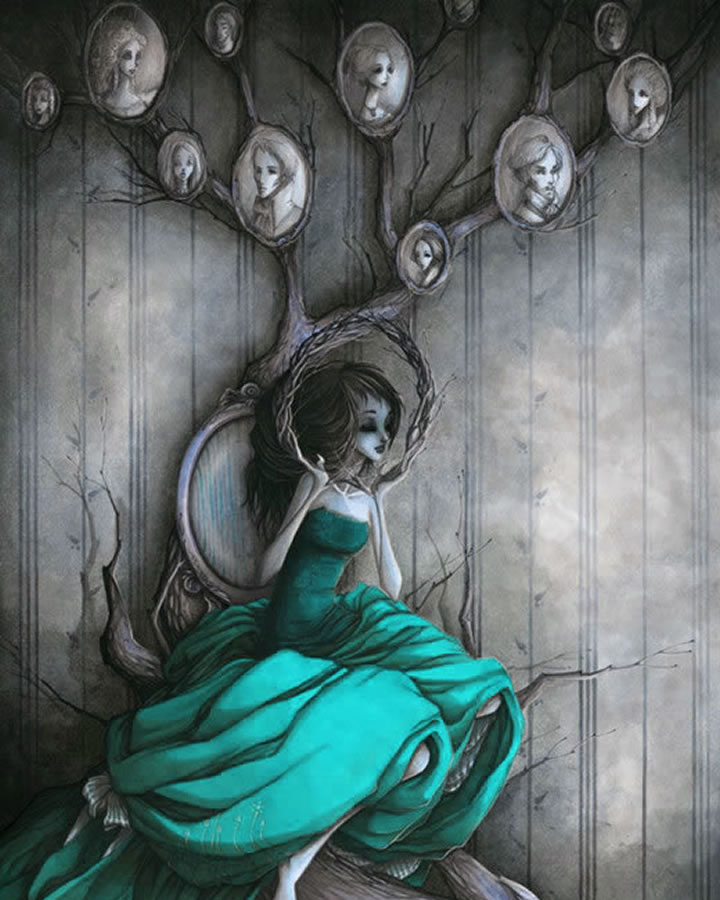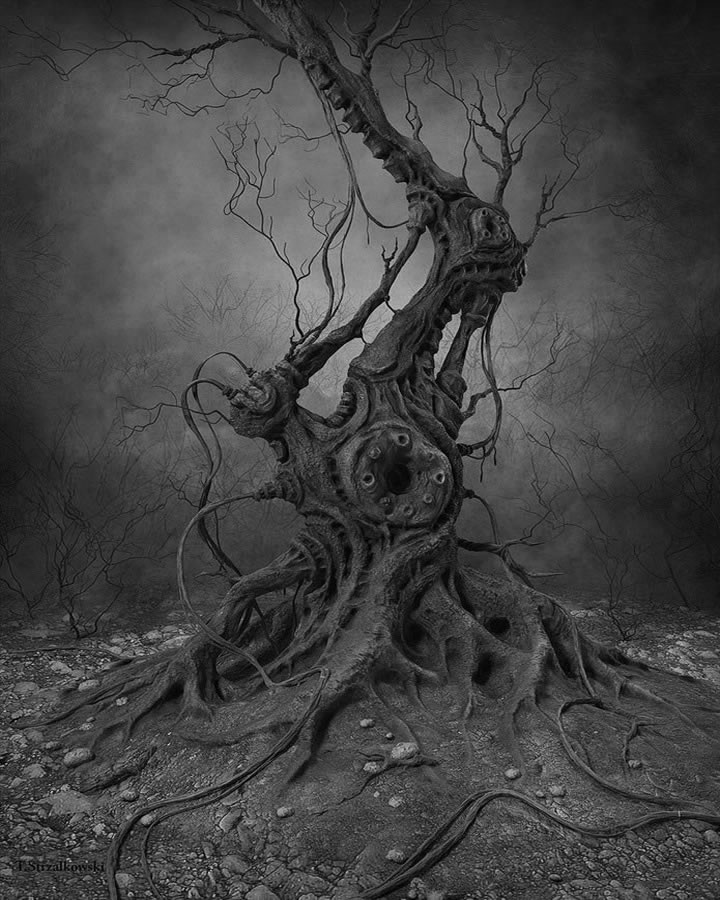Ghost
In a perfect world, everything is black and white, right? Read on.
Our prints are processed with 6 color solvents. Yet there is no perfect black & white in the industry, so we call it Ghost, and there is a reason for it.
Color does not exist without light, as it is dependent on having some type of lighting to radiate how we see colors. Take as example a color image in daylight, then compare that same image when viewed under a black UV lamp. They are totally different, just like a film negative, and that's because of the frequency and radiation differences. Colors will also appear different under varying light sources and conditions, such as: camera flash, incandescent, fluorescent, mercury vapor, LED, open flame, sunlight and so many others.
More in Depth
Pigments that absorb light rather than to reflect it back to the eye 'look black', although black does not exist on it's own and requires over-saturating of all the colors to the point where it absorbs light. And at that stage, it does appear black at 100% opacity.
So when the printer is processing black areas with solid saturation, the white backing (print media) cannot itself reflect back through the ink. The exception is where fall-off starts and light is able to pass through the ink and bounce the light back to the eye.
Thus the makeup of the ink can sometimes begin to show when black is printed without any other color in the scene, and where saturation begins to fall or feather down from 60% and so on. But again, this is light dependent.
The image below was taken in studio under quartz lamps. In this demonstration, I have opened an ink cartridge and brushed a few swatches, some being 100% opaque, and other areas where it was feathered-off to lesser values. You'll notice the black is pitch black in full saturation, and where there is fall-off, it is showing a slightly green tinge to it. Sometimes it may even appear as a hint of burgundy. Just depends on the ink manufacturer's process and type of lighting.
Color will also vary from screen to screen when viewing on electronic devices, however Ghost prints generally look their best and serve their purpose well in natural light.




